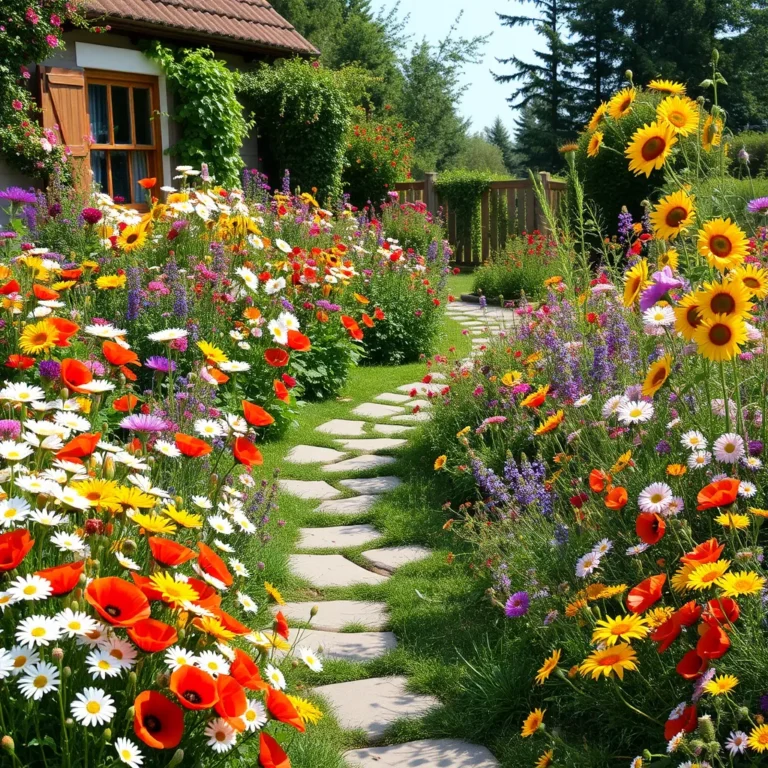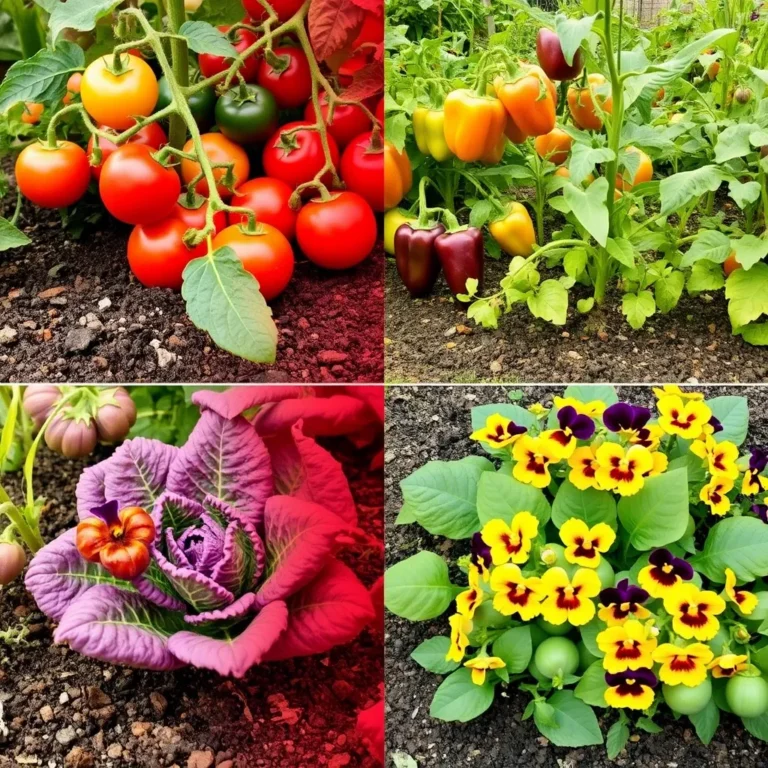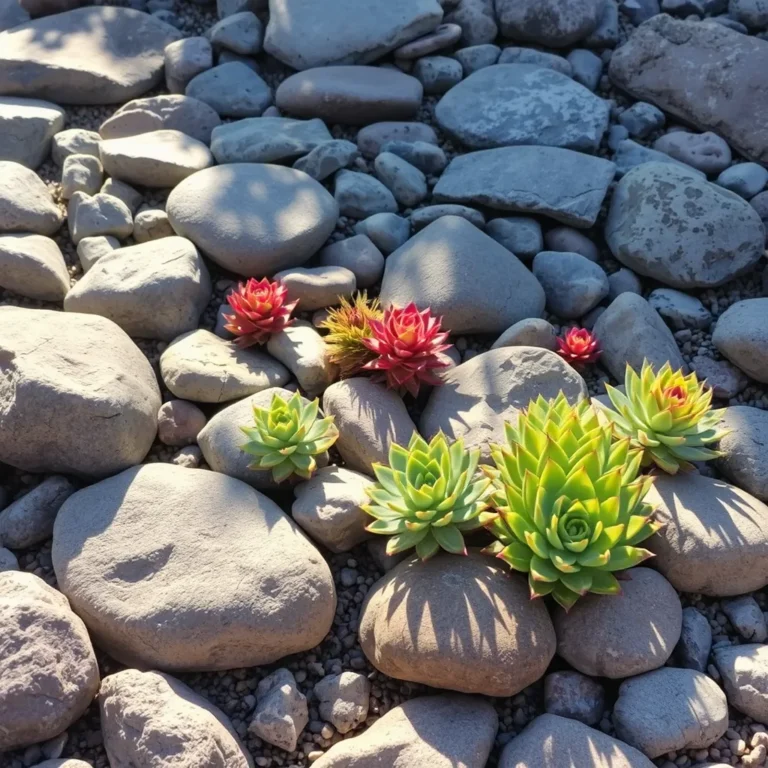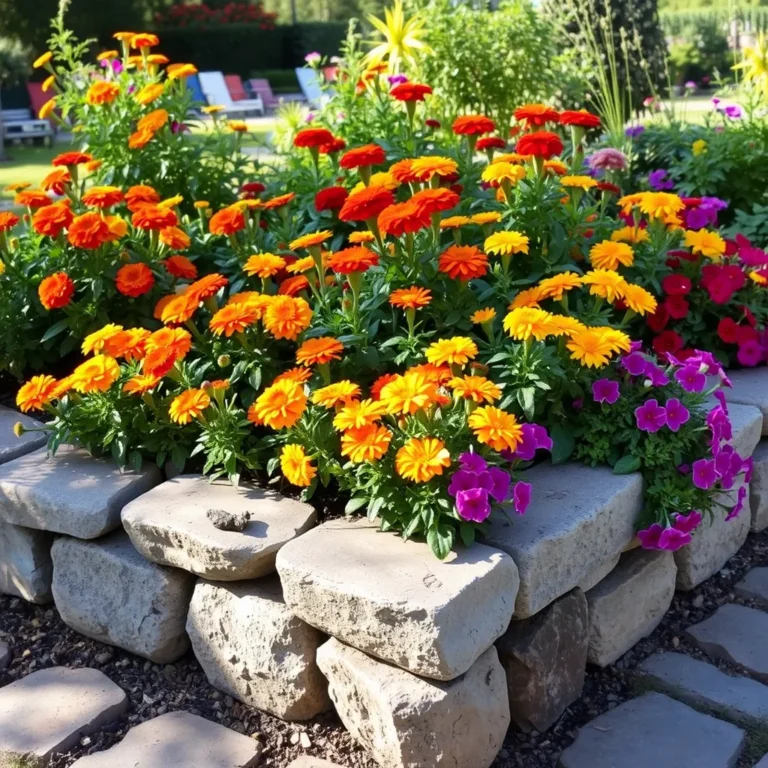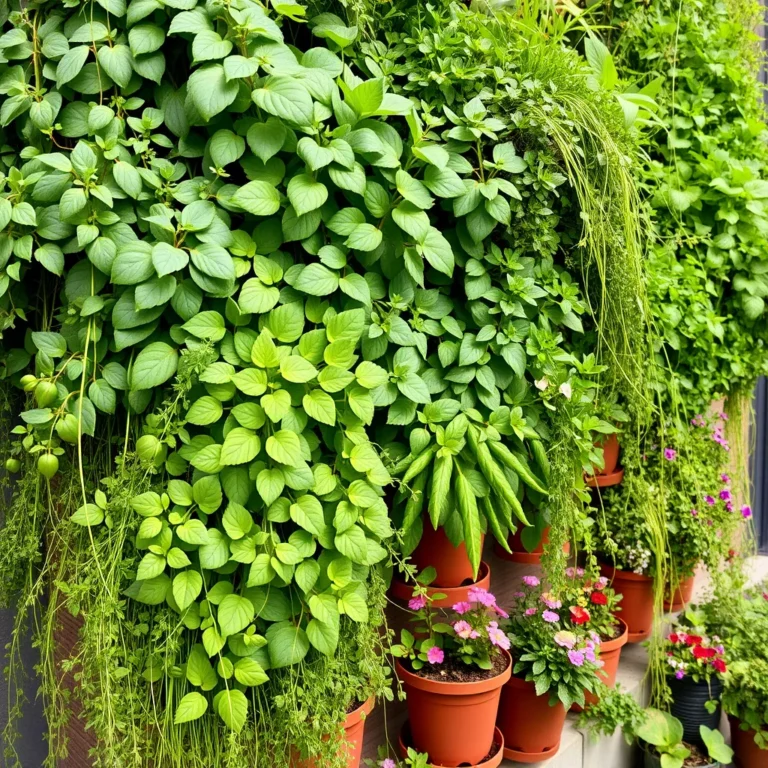7 Simple Tips for Creating a Vibrant Vegetable Garden
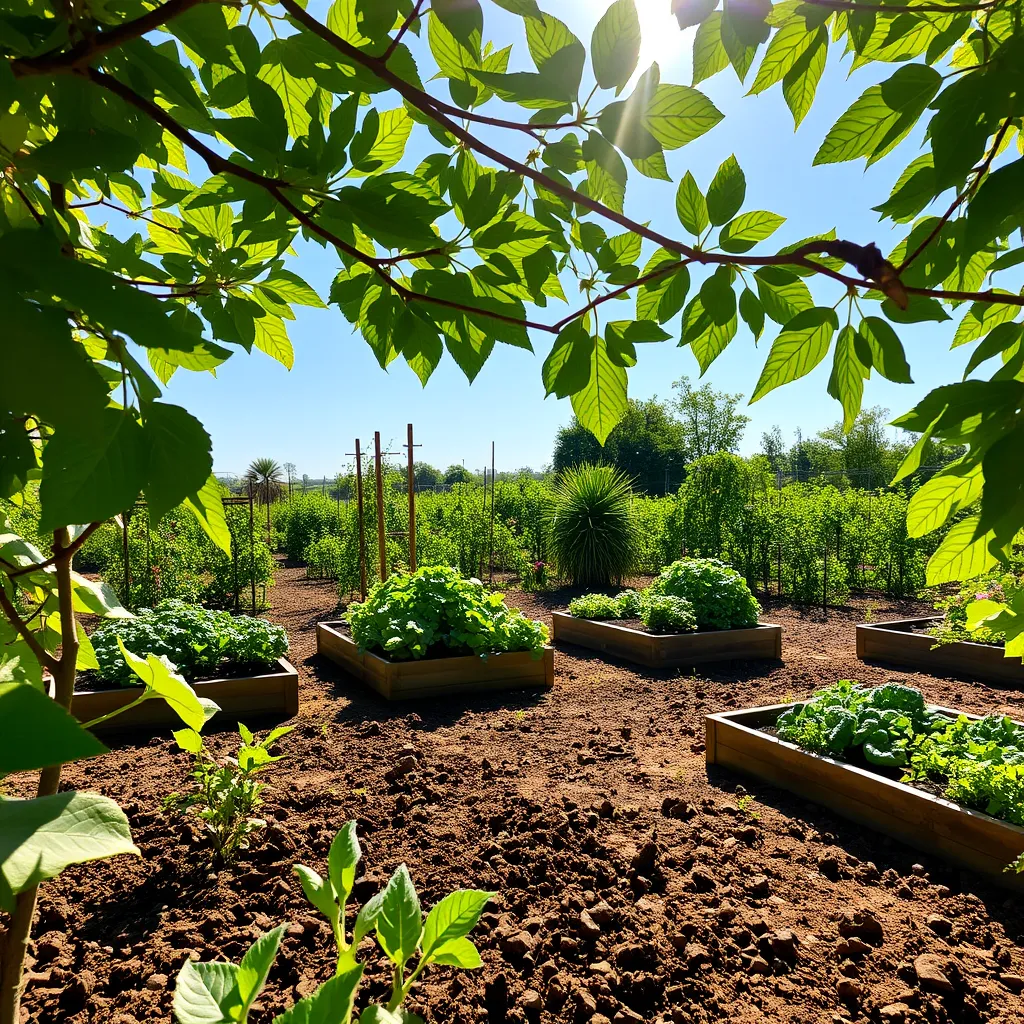
Do you dream of a garden bursting with fresh vegetables? Creating a vibrant vegetable garden is easier than you think. I have seven simple tips that will help you grow healthy plants you can enjoy all year. From choosing the right spot to watering properly, I’ll guide you every step of the way. Let’s dig in and turn your garden dreams into reality!
Choose the Right Location for Your Vegetable Garden

Pick a sunny spot for your garden. Most vegetables love sunlight. Aim for at least six hours of sun each day. Avoid shaded areas from trees or buildings. This will help your plants grow strong and healthy.
Next, check the drainage. Your garden needs to drain well. Standing water can harm roots. If your yard is too wet, consider raised beds. They help with drainage and prevent root rot.
Finally, think about access. You want to reach your plants easily. Make sure it’s close to your home for quick visits. This way, you can water, pick, and care for your veggies without hassle.
Select Suitable Vegetables for Your Climate Zone

Know your climate zone before planting. Each zone has its own weather patterns. Some plants thrive in warm weather, while others prefer cool temps.
For warmer zones, try tomatoes, peppers, and eggplants. They love heat and grow well in sunny spots. In cooler zones, consider lettuce, peas, and carrots. These veggies can handle the chill.
You can find information on your zone online. Many gardening websites have maps showing different zones. Choose plants that match your zone for the best results.
Prepare Your Soil with Nutrients and Amendments

Healthy soil is key for a great garden. Start by testing your soil. You can buy a simple test kit at a garden store. This tells you about pH and nutrient levels.
Add compost to improve soil health. Compost brings essential nutrients and helps with water retention. Mix it into your soil before planting.
You might also need to add fertilizers. Choose organic options for a safe garden. Follow the package instructions for the right amounts. Good soil leads to strong plants and tasty veggies.
Use Proper Planting Techniques for Optimal Growth

To grow great plants, you must plant them correctly. Start with seeds or seedlings. Make sure to dig holes that fit each plant’s roots. The holes should be deep enough for roots but not too deep. Place the seeds or seedlings in the hole gently. Cover them with soil and pat it down lightly.
Spacing is key. If you plant too close, the plants will fight for food and water. Follow the instructions on the seed packet for spacing. This helps each plant get the sunlight it needs.
When you plant, think about the sun. Some plants love full sun, while others prefer some shade. Always check how much sun each plant needs.
Establish Effective Watering Practices for Healthy Plants

Water is life for your garden. Water your plants early in the morning or late in the day. This helps reduce evaporation. Give plants a deep drink, but not too often. Aim for about an inch of water each week.
Check the soil before watering. Stick your finger in the soil. If it feels dry an inch down, it’s time to water. Use a soaker hose or drip system for best results. This saves water and delivers it right to the roots.
Keep an eye on the weather. On hot days, your plants may need more water. Adjust your watering schedule as needed.
Implement Pest Control Strategies Without Harmful Chemicals

Pests can harm your plants. To keep them away, start with good soil and healthy plants. Healthy plants can fight off pests better.
Use natural options to control pests. You can try neem oil or insecticidal soap. These are safer for your garden and the environment.
Encourage good bugs too. Ladybugs and lacewings eat harmful pests. You can attract them by planting flowers nearby. Always check your plants for pests. Catching them early makes it easier to control them.
Mulch for Moisture Retention and Weed Control

Adding mulch to your garden helps keep soil moist. It also stops weeds from growing. You can use straw, leaves, or wood chips. Spread a layer that is about three inches thick. This layer keeps the sun off the soil. It slows down water loss. Healthy soil means healthy plants.
Mulch also breaks down over time. This adds nutrients back into the soil. Earthworms and other critters love mulch. They help make the soil rich. This leads to better growth for your vegetables. Plus, it makes your garden look neat and tidy.
Rotate Your Crops Annually for Better Soil Health

Crop rotation means changing where you plant each year. This is key for soil health. If you plant the same crops over and over, pests and diseases can build up. They thrive on the same plants. Rotating crops helps prevent this.
Different plants need different nutrients. Some take a lot, while others give back. For example, beans help add nitrogen back into the soil. By rotating your crops, you make sure the soil stays balanced. This leads to bigger and tastier vegetables. You can try planning your garden layout on paper. This way, you can track what you planted each year.
Conclusion
In this article, we covered key steps to grow a successful vegetable garden. Choosing the right location boosts sunlight and airflow. Picking the right vegetables fits your climate zone. Preparing your soil gives plants essential nutrients. Using proper planting techniques ensures they grow strong. Watering correctly helps them thrive, while pest control keeps plants safe. Don’t forget to mulch for moisture and weed control, and rotating crops is vital for healthy soil. Following these steps leads to a fruitful harvest. Enjoy growing your own food!

